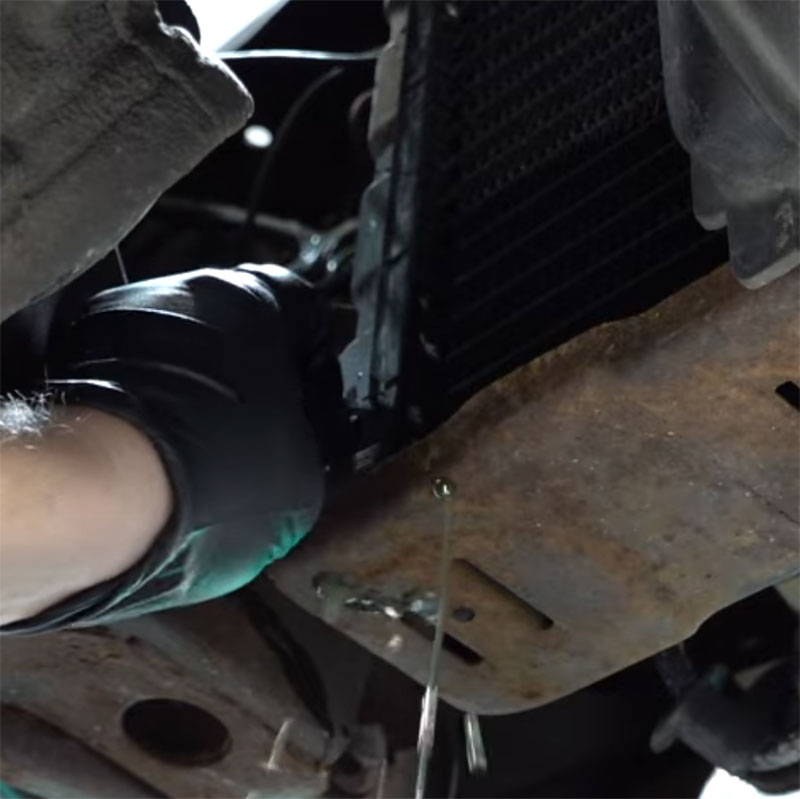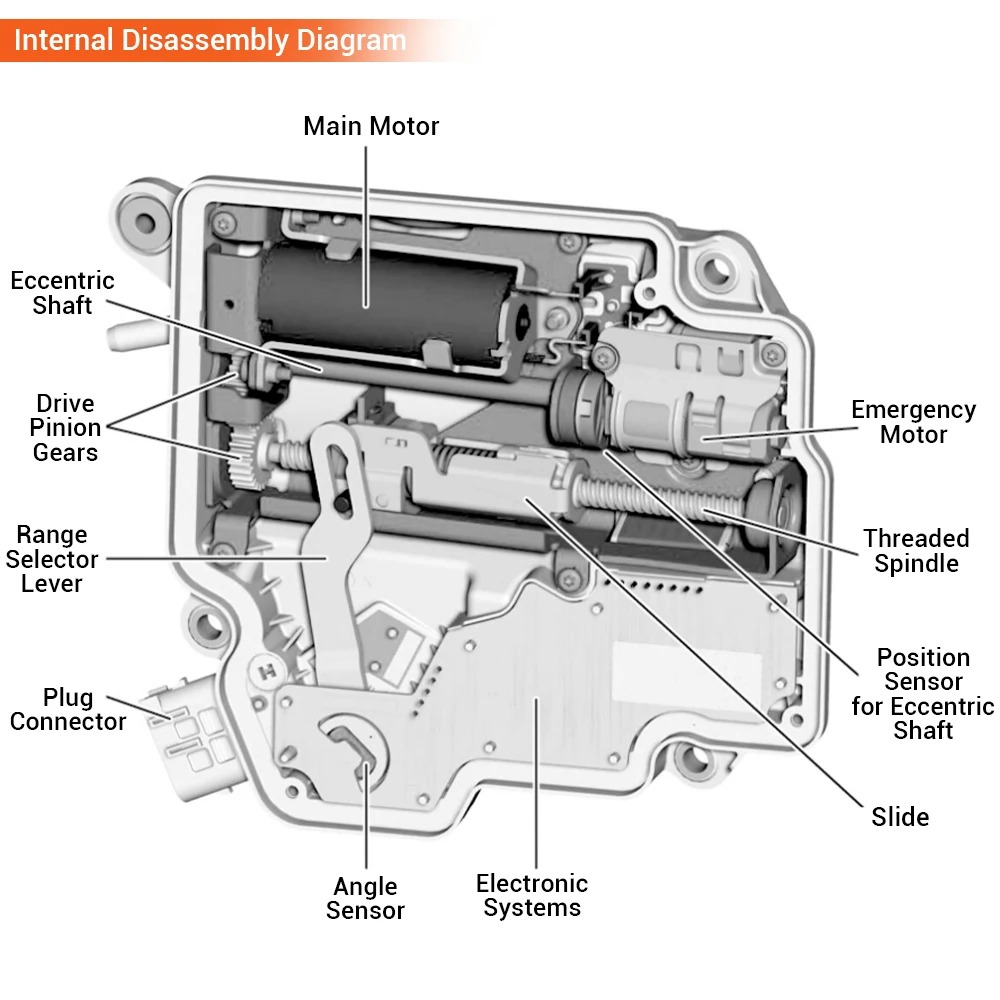
P0606 Mercedes Fault Code: Expert Diagnostics & Solutions
Contents
- 1. Understanding the P0606 Mercedes Fault Code
- 1.1. What the P0606 Code Means
- 1.2. Symptoms Associated with the P0606 Fault Code
- 1.3. Severity of the P0606 Fault Code
- 2. Common Causes of the P0606 Mercedes Fault Code
- 2.1. Internal PCM/ECM Failure
- 2.2. Wiring and Connection Issues
- 2.3. Faulty Sensors and Actuators
- 2.4. Software and Programming Issues
- 2.5. Voltage Problems
- 3. Diagnosing the P0606 Mercedes Fault Code
- 3.1. Preliminary Inspection
- 3.2. Scan for Diagnostic Trouble Codes (DTCs)
- 3.3. Check PCM Power and Ground
- 3.4. Test PCM Input and Output Signals
- 3.5. Perform a PCM Self-Test
- 3.6. Check the CAN Bus System
- 3.7. Evaluate Sensor and Actuator Data
- 3.8. Consult Wiring Diagrams
- 3.9. Isolate the Problem
- 3.10. Contact AutoExplain.com for Expert Assistance
- 4. Repairing the P0606 Mercedes Fault Code
- 4.1. Replacing the PCM/ECM
- 4.2. Repairing Wiring and Connections
- 4.3. Replacing Faulty Sensors and Actuators
- 4.4. Addressing Software and Programming Issues
- 4.5. Resolving Voltage Problems
- 5. Advanced Diagnostic Techniques for P0606
- 5.1. Using an Oscilloscope
- 5.2. Performing a Pinpoint Test
- 5.3. Analyzing Freeze Frame Data
- 5.4. Conducting a Wiggle Test
- 5.5. Component Testing
- 6. Preventive Measures to Avoid P0606 Fault Code
- 6.1. Regular Maintenance
- 6.2. Inspecting Wiring and Connections
- 6.3. Keeping the Battery in Good Condition
- 6.4. Protecting Against Electrical Surges
- 6.5. Monitoring Vehicle Performance
- 7. Why Choose AutoExplain.com for P0606 Mercedes Fault Code Assistance?
- 7.1. Expert Technicians
- 7.2. Remote Diagnostic Support
- 7.3. PCM Programming Services
- 7.4. Comprehensive Solutions
- 7.5. Convenient Contact Options
- 8. Real-World Case Studies: P0606 Mercedes Fault Code
- 8.1. Case Study 1: Wiring Harness Corrosion
- 8.2. Case Study 2: Faulty PCM
- 8.3. Case Study 3: Sensor Data Issue
- 8.4. Case Study 4: Software Glitch
- 9. Step-by-Step Repair Guide for P0606 on Mercedes Vehicles
- 9.1. Tools and Materials Needed
- 9.2. Step 1: Initial Assessment
- 9.3. Step 2: Check PCM Power and Ground
- 9.4. Step 3: Inspect Wiring and Connections
- 9.5. Step 4: Test Sensor and Actuator Signals
- 9.6. Step 5: Perform PCM Self-Test
- 9.7. Step 6: Replace PCM (If Necessary)
- 9.8. Step 7: Program PCM
- 9.9. Step 8: Verify Repair
- 10. Frequently Asked Questions (FAQs) about P0606
- 10.1. What does the P0606 code mean on a Mercedes?
- 10.2. Can I drive my Mercedes with a P0606 code?
- 10.3. How much does it cost to fix a P0606 code?
- 10.4. Is the P0606 code serious?
- 10.5. Can a bad battery cause a P0606 code?
- 10.6. How do I clear the P0606 code?
- 10.7. What are the common symptoms of a P0606 code?
- 10.8. Can AutoExplain.com help me diagnose the P0606 code remotely?
- 10.9. Does AutoExplain.com offer PCM programming services?
- 10.10. How can I contact AutoExplain.com for assistance?
The P0606 Mercedes Fault Code indicates a potential problem within the Engine Control Module (ECM) or Powertrain Control Module (PCM), impacting vehicle performance and drivability. AutoExplain.com provides expert diagnostics, troubleshooting steps, and potential solutions to resolve P0606 errors in Mercedes-Benz vehicles, ensuring optimal engine operation and preventing further system damage, along with comprehensive support for control module issues and electronic control unit malfunctions. With AutoExplain.com, you’re not alone in diagnosing and fixing the P0606 fault.
1. Understanding the P0606 Mercedes Fault Code
The P0606 fault code, specifically in Mercedes-Benz vehicles, signifies an issue within the internal control module (ICM). This module, often the PCM or ECM, is essentially the car’s brain, managing numerous critical systems. When this module detects an internal error, such as a processing fault, it triggers the P0606 code.
1.1. What the P0606 Code Means
The P0606 code indicates that the PCM has detected an internal fault. This could be related to the processor, memory, or other internal components within the module. Since the PCM controls numerous vehicle functions, a P0606 code can lead to various drivability problems.
1.2. Symptoms Associated with the P0606 Fault Code
Several symptoms can manifest when the P0606 code is present. These may include:
- Check Engine Light: The most common symptom is the illumination of the check engine light on the dashboard.
- Poor Engine Performance: The engine might run rough, hesitate upon acceleration, or lack power.
- Stalling: The vehicle may stall unexpectedly, particularly at idle or during low-speed maneuvers.
- Transmission Issues: Erratic shifting or failure to shift properly can occur.
- Reduced Fuel Economy: The vehicle may consume more fuel than usual.
- Starting Problems: Difficulty starting the engine or a no-start condition can occur.
- Limp Mode: The vehicle may enter limp mode, restricting engine power to protect it from further damage.
1.3. Severity of the P0606 Fault Code
The severity of the P0606 fault code can vary. In some cases, it may only cause minor drivability issues. However, in other situations, it can lead to significant engine or transmission damage if not addressed promptly. Because the PCM is crucial for managing critical systems, any malfunction can have cascading effects.
2. Common Causes of the P0606 Mercedes Fault Code
Identifying the root cause of the P0606 code is essential for effective repair. Several potential causes can trigger this code in Mercedes-Benz vehicles.
2.1. Internal PCM/ECM Failure
The most common cause of the P0606 code is an internal failure within the PCM itself. This can be due to component aging, electrical surges, or other factors that damage the module’s circuitry.
2.2. Wiring and Connection Issues
Faulty wiring and connections can also trigger the P0606 code. This includes:
- Corroded Connectors: Corrosion on the PCM connectors can disrupt communication and trigger the code.
- Damaged Wiring: Frayed, broken, or shorted wires in the PCM harness can cause malfunctions.
- Loose Connections: Loose connections can create intermittent issues that trigger the P0606 code.
2.3. Faulty Sensors and Actuators
Although less common, a faulty sensor or actuator connected to the PCM can sometimes trigger the P0606 code. This occurs when the sensor sends incorrect data, causing the PCM to misinterpret the information and flag an internal error.
2.4. Software and Programming Issues
In some instances, software glitches or corrupted programming within the PCM can trigger the P0606 code. This may occur after a software update or if the PCM’s memory becomes corrupted.
2.5. Voltage Problems
Voltage fluctuations or power surges can damage the PCM and trigger the P0606 code. This is more likely to occur in vehicles with electrical system problems.
3. Diagnosing the P0606 Mercedes Fault Code
Diagnosing the P0606 code requires a systematic approach to identify the root cause accurately. Here’s a step-by-step guide:
3.1. Preliminary Inspection
Begin with a thorough visual inspection of the PCM, its connectors, and the surrounding wiring harness. Look for signs of corrosion, damage, or loose connections. Clean any corroded connectors and repair or replace any damaged wiring.
3.2. Scan for Diagnostic Trouble Codes (DTCs)
Use a professional-grade scan tool to read all stored DTCs in the PCM. Note all codes, as additional codes can provide valuable clues about the underlying issue. Pay attention to any codes related to sensors, actuators, or other PCM-related systems.
3.3. Check PCM Power and Ground
Verify that the PCM is receiving the correct voltage and has a good ground connection. Use a multimeter to check the voltage at the PCM power and ground pins. Consult the vehicle’s wiring diagram to identify the correct pins.
3.4. Test PCM Input and Output Signals
Use a scan tool or multimeter to test the input and output signals of the PCM. This can help identify if any sensors or actuators are sending incorrect data or if the PCM is not properly controlling them.
3.5. Perform a PCM Self-Test
Many scan tools have the capability to perform a PCM self-test. This test can help identify internal PCM faults. Follow the scan tool’s instructions to perform the self-test and interpret the results.
3.6. Check the CAN Bus System
The Controller Area Network (CAN) bus is a communication network that allows various modules in the vehicle to communicate with each other, including the PCM. A malfunctioning CAN bus can trigger the P0606 code. Use a scan tool to check for CAN bus communication errors.
3.7. Evaluate Sensor and Actuator Data
Use the scan tool to monitor live data from various sensors and actuators. Look for any readings that are out of range or inconsistent. This can help identify if a faulty sensor is causing the PCM to flag the P0606 code.
3.8. Consult Wiring Diagrams
Refer to the vehicle’s wiring diagrams to trace circuits and identify potential wiring issues. This is particularly useful for identifying shorts, open circuits, or high resistance in the PCM wiring harness.
3.9. Isolate the Problem
Based on the diagnostic results, isolate the problem to either the PCM itself, the wiring harness, or a related sensor or actuator. If the PCM self-test indicates an internal fault, the PCM likely needs to be replaced. If wiring or sensor issues are identified, address those problems first before replacing the PCM.
3.10. Contact AutoExplain.com for Expert Assistance
If you are unsure about any of the diagnostic steps or need further assistance, contact AutoExplain.com. Our expert technicians can provide remote diagnostic support and guidance to help you accurately diagnose and resolve the P0606 code. Reach us via WhatsApp at +1(936)2896695 or email at [email protected].
4. Repairing the P0606 Mercedes Fault Code
Once the root cause of the P0606 code has been identified, the next step is to perform the necessary repairs. Here are some common repair strategies:
4.1. Replacing the PCM/ECM
If the PCM is found to be faulty, replacement is often the most effective solution. Follow these steps:
- Obtain a Replacement PCM: Purchase a new or refurbished PCM that is specifically programmed for your vehicle’s make, model, and year.
- Install the New PCM: Disconnect the battery, remove the old PCM, and install the new one. Ensure all connections are secure.
- Programming the PCM: The new PCM will likely need to be programmed to match your vehicle’s specific configuration. This may require a dealer-level scan tool or a specialized programming service. AutoExplain.com can provide remote PCM programming services to ensure the new module functions correctly.
- Verify Operation: After programming, verify that the P0606 code is cleared and that the vehicle is running smoothly.
4.2. Repairing Wiring and Connections
If the P0606 code is caused by wiring or connection issues, follow these steps:
- Inspect Wiring: Carefully inspect the wiring harness for any signs of damage, such as frayed wires, corrosion, or loose connections.
- Repair or Replace Wires: Repair any damaged wires by splicing in new sections or replacing the entire wire.
- Clean Connectors: Clean corroded connectors with a wire brush and electrical contact cleaner.
- Secure Connections: Ensure all connections are tight and secure. Use dielectric grease to protect against future corrosion.
- Test Continuity: Use a multimeter to test the continuity of the wiring harness and verify that there are no open circuits or shorts.
4.3. Replacing Faulty Sensors and Actuators
If a faulty sensor or actuator is causing the P0606 code, follow these steps:
- Identify Faulty Component: Use a scan tool to identify the specific sensor or actuator that is causing the issue.
- Replace Component: Replace the faulty sensor or actuator with a new one.
- Verify Operation: After replacement, verify that the P0606 code is cleared and that the vehicle is running smoothly.
4.4. Addressing Software and Programming Issues
If the P0606 code is caused by software or programming issues, follow these steps:
- Check for Software Updates: Check with the vehicle manufacturer or a qualified technician to see if there are any available software updates for the PCM.
- Update Software: Use a dealer-level scan tool to update the PCM software to the latest version.
- Reprogram PCM: If the PCM’s programming is corrupted, it may need to be reprogrammed. This requires specialized equipment and expertise. AutoExplain.com offers remote PCM programming services to address these issues.
- Verify Operation: After updating or reprogramming the software, verify that the P0606 code is cleared and that the vehicle is running smoothly.
4.5. Resolving Voltage Problems
If voltage problems are causing the P0606 code, follow these steps:
- Check Battery: Ensure that the battery is in good condition and fully charged.
- Inspect Charging System: Check the alternator and charging system for proper operation.
- Repair Wiring: Repair any damaged wiring in the charging system.
- Clean Connections: Clean corroded battery terminals and connections.
- Verify Voltage: Verify that the PCM is receiving the correct voltage.
5. Advanced Diagnostic Techniques for P0606
For complex cases, advanced diagnostic techniques may be necessary to accurately diagnose the P0606 code.
5.1. Using an Oscilloscope
An oscilloscope can be used to analyze the electrical signals in the PCM wiring harness. This can help identify intermittent problems or signal distortions that may not be visible with a multimeter or scan tool.
5.2. Performing a Pinpoint Test
A pinpoint test involves systematically testing each pin on the PCM connector to check for voltage, ground, and continuity. This can help identify wiring issues or internal PCM faults.
5.3. Analyzing Freeze Frame Data
Freeze frame data captures the conditions present when the P0606 code was set. Analyzing this data can provide valuable clues about the underlying cause of the code.
5.4. Conducting a Wiggle Test
A wiggle test involves wiggling the PCM connectors and wiring harness while monitoring the scan tool data. This can help identify loose connections or damaged wires that are causing intermittent problems.
5.5. Component Testing
Individual components connected to the PCM, such as sensors and actuators, can be tested using specialized equipment to verify their proper operation.
6. Preventive Measures to Avoid P0606 Fault Code
Preventing the P0606 fault code involves maintaining the vehicle’s electrical system and performing regular inspections.
6.1. Regular Maintenance
Follow the manufacturer’s recommended maintenance schedule to ensure that all systems are functioning correctly. This includes checking and maintaining the battery, charging system, and wiring harness.
6.2. Inspecting Wiring and Connections
Periodically inspect the PCM wiring harness and connectors for any signs of damage, corrosion, or loose connections. Clean any corroded connectors and repair or replace any damaged wiring.
6.3. Keeping the Battery in Good Condition
Ensure that the battery is in good condition and properly charged. A weak battery can cause voltage fluctuations that can damage the PCM.
6.4. Protecting Against Electrical Surges
Install a surge protector in the vehicle’s electrical system to protect the PCM from voltage spikes.
6.5. Monitoring Vehicle Performance
Pay attention to any changes in vehicle performance, such as rough running, stalling, or reduced fuel economy. Address any issues promptly to prevent them from escalating and potentially damaging the PCM.
7. Why Choose AutoExplain.com for P0606 Mercedes Fault Code Assistance?
AutoExplain.com offers unparalleled expertise and support for diagnosing and repairing the P0606 fault code in Mercedes-Benz vehicles.
7.1. Expert Technicians
Our team of experienced technicians has extensive knowledge of Mercedes-Benz vehicles and their electronic systems. We can provide accurate and reliable diagnostic assistance.
7.2. Remote Diagnostic Support
We offer remote diagnostic support to help you troubleshoot the P0606 code. Using advanced diagnostic tools and techniques, we can guide you through the diagnostic process and help you identify the root cause of the problem.
7.3. PCM Programming Services
AutoExplain.com provides remote PCM programming services to ensure that replacement PCMs are properly programmed to match your vehicle’s specific configuration.
7.4. Comprehensive Solutions
We offer comprehensive solutions for the P0606 code, including diagnostic assistance, repair guidance, and PCM programming services. We are committed to helping you resolve the issue quickly and effectively.
7.5. Convenient Contact Options
You can easily contact us for assistance via WhatsApp at +1(936)2896695 or email at [email protected]. Our team is available to answer your questions and provide the support you need.
8. Real-World Case Studies: P0606 Mercedes Fault Code
To illustrate the complexities and solutions for the P0606 fault code, here are a few real-world case studies.
8.1. Case Study 1: Wiring Harness Corrosion
A Mercedes-Benz C-Class owner experienced a P0606 code along with rough idling and occasional stalling. After performing a preliminary inspection, the technician found significant corrosion on the PCM connectors. The connectors were cleaned, and the corroded wiring was repaired. The P0606 code was cleared, and the vehicle returned to normal operation.
8.2. Case Study 2: Faulty PCM
A Mercedes-Benz E-Class exhibited a P0606 code along with transmission shifting problems. The technician performed a PCM self-test, which indicated an internal fault. The PCM was replaced and programmed, resolving the transmission issues and clearing the P0606 code.
8.3. Case Study 3: Sensor Data Issue
A Mercedes-Benz S-Class displayed a P0606 code along with reduced engine power. The technician used a scan tool to monitor live data and found that the mass airflow (MAF) sensor was sending incorrect readings. The MAF sensor was replaced, which resolved the engine power issue and cleared the P0606 code.
8.4. Case Study 4: Software Glitch
A Mercedes-Benz GLC experienced a P0606 code after a recent software update. The technician checked for software updates and found that the PCM software had become corrupted. The PCM was reprogrammed with the latest software version, resolving the issue and clearing the P0606 code.
9. Step-by-Step Repair Guide for P0606 on Mercedes Vehicles
This guide provides a detailed walkthrough of the repair process for the P0606 fault code on Mercedes-Benz vehicles.
9.1. Tools and Materials Needed
- Professional-grade scan tool
- Multimeter
- Wiring diagrams
- Electrical contact cleaner
- Wire brush
- Dielectric grease
- Replacement PCM (if necessary)
- Replacement wiring or connectors (if necessary)
- Basic hand tools
9.2. Step 1: Initial Assessment
- Connect Scan Tool: Connect a professional-grade scan tool to the vehicle’s OBD-II port.
- Read DTCs: Read and record all diagnostic trouble codes (DTCs) stored in the PCM. Note any additional codes related to sensors, actuators, or other systems.
- Preliminary Inspection: Perform a visual inspection of the PCM, its connectors, and the surrounding wiring harness. Look for any signs of damage, corrosion, or loose connections.
9.3. Step 2: Check PCM Power and Ground
- Locate PCM Power and Ground Pins: Consult the vehicle’s wiring diagram to identify the PCM power and ground pins.
- Test Voltage: Use a multimeter to check the voltage at the PCM power pins. Ensure that the voltage is within the specified range (typically 12-14 volts).
- Test Ground: Use a multimeter to check the ground connection at the PCM ground pins. Ensure that there is good continuity to ground.
9.4. Step 3: Inspect Wiring and Connections
- Disconnect Connectors: Disconnect the PCM connectors and inspect them for corrosion, damage, or loose pins.
- Clean Connectors: Clean corroded connectors with a wire brush and electrical contact cleaner.
- Repair Wiring: Repair any damaged wiring by splicing in new sections or replacing the entire wire.
- Secure Connections: Ensure all connections are tight and secure. Apply dielectric grease to protect against future corrosion.
9.5. Step 4: Test Sensor and Actuator Signals
- Identify Relevant Sensors and Actuators: Use the scan tool and wiring diagrams to identify the sensors and actuators that are most likely to be related to the P0606 code.
- Monitor Live Data: Use the scan tool to monitor live data from the sensors and actuators. Look for any readings that are out of range or inconsistent.
- Test Signals: Use a multimeter to test the input and output signals of the sensors and actuators. Compare the readings to the specifications in the vehicle’s service manual.
9.6. Step 5: Perform PCM Self-Test
- Access PCM Self-Test: Use the scan tool to access the PCM self-test function.
- Run Test: Follow the scan tool’s instructions to run the self-test.
- Interpret Results: Interpret the results of the self-test. If the test indicates an internal PCM fault, the PCM likely needs to be replaced.
9.7. Step 6: Replace PCM (If Necessary)
- Disconnect Battery: Disconnect the negative battery cable.
- Remove Old PCM: Remove the old PCM from its mounting location.
- Install New PCM: Install the new PCM in its mounting location. Ensure all connections are secure.
- Connect Battery: Reconnect the negative battery cable.
9.8. Step 7: Program PCM
- Access PCM Programming Function: Use a dealer-level scan tool or a specialized programming service to access the PCM programming function.
- Program PCM: Follow the scan tool’s instructions to program the PCM with the correct software for your vehicle. AutoExplain.com offers remote PCM programming services if needed.
9.9. Step 8: Verify Repair
- Clear DTCs: Use the scan tool to clear all diagnostic trouble codes (DTCs) from the PCM.
- Test Drive: Test drive the vehicle to verify that the P0606 code is cleared and that the vehicle is running smoothly.
- Monitor Performance: Use the scan tool to monitor the vehicle’s performance and ensure that all systems are functioning correctly.
10. Frequently Asked Questions (FAQs) about P0606
Here are some frequently asked questions about the P0606 Mercedes fault code.
10.1. What does the P0606 code mean on a Mercedes?
The P0606 code indicates an internal control module (ICM) malfunction in the PCM or ECM of a Mercedes-Benz vehicle. This means the computer that controls the engine has detected a fault within its own circuitry.
10.2. Can I drive my Mercedes with a P0606 code?
Driving with a P0606 code is not recommended, as it can lead to unpredictable engine performance, stalling, or transmission issues. It’s best to diagnose and repair the issue as soon as possible to prevent further damage.
10.3. How much does it cost to fix a P0606 code?
The cost to fix a P0606 code can vary depending on the cause. Minor wiring repairs may cost as little as $100, while PCM replacement and programming can range from $500 to $2000 or more.
10.4. Is the P0606 code serious?
Yes, the P0606 code is serious, as it indicates a problem with the PCM, which controls many critical vehicle functions. Ignoring this code can lead to significant engine or transmission damage.
10.5. Can a bad battery cause a P0606 code?
Yes, a weak or failing battery can cause voltage fluctuations that can trigger the P0606 code. It’s important to ensure that the battery is in good condition.
10.6. How do I clear the P0606 code?
You can clear the P0606 code using a scan tool after the underlying issue has been resolved. However, the code will return if the problem persists.
10.7. What are the common symptoms of a P0606 code?
Common symptoms include the check engine light, poor engine performance, stalling, transmission issues, reduced fuel economy, and starting problems.
10.8. Can AutoExplain.com help me diagnose the P0606 code remotely?
Yes, AutoExplain.com offers remote diagnostic support to help you troubleshoot the P0606 code. Our expert technicians can guide you through the diagnostic process and help you identify the root cause of the problem.
10.9. Does AutoExplain.com offer PCM programming services?
Yes, AutoExplain.com provides remote PCM programming services to ensure that replacement PCMs are properly programmed to match your vehicle’s specific configuration.
10.10. How can I contact AutoExplain.com for assistance?
You can contact us via WhatsApp at +1(936)2896695 or email at [email protected]. Our team is available to answer your questions and provide the support you need. Our office is located at 4590 Angus Road, New York, United States. Visit our website at AutoExplain.com for more information.
Don’t let the P0606 Mercedes fault code keep you off the road. Contact AutoExplain.com today for expert diagnostics, reliable solutions, and unparalleled support. Reach out via WhatsApp at +1(936)2896695 or email us at AutoExplain[email protected] to get started.

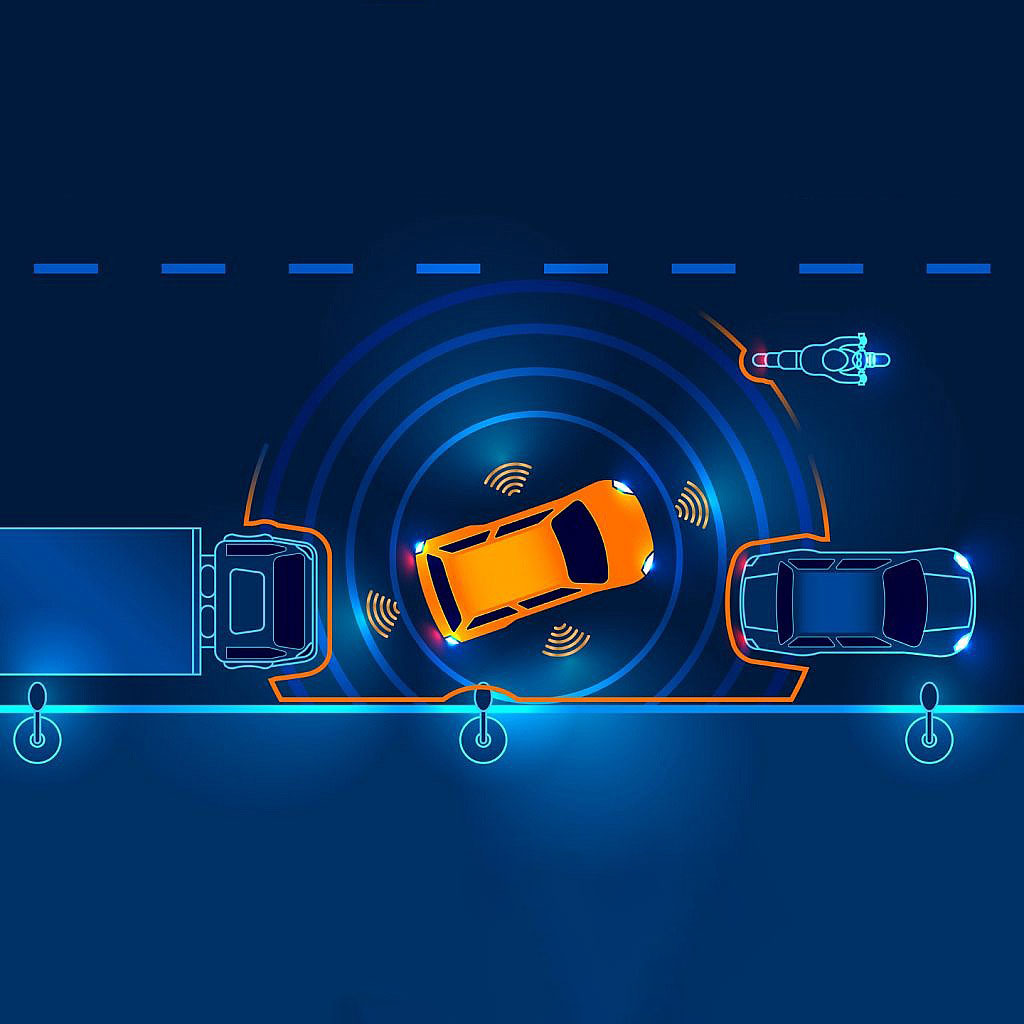
Park Assist Systems in Cars: How They Work and Why You Need It
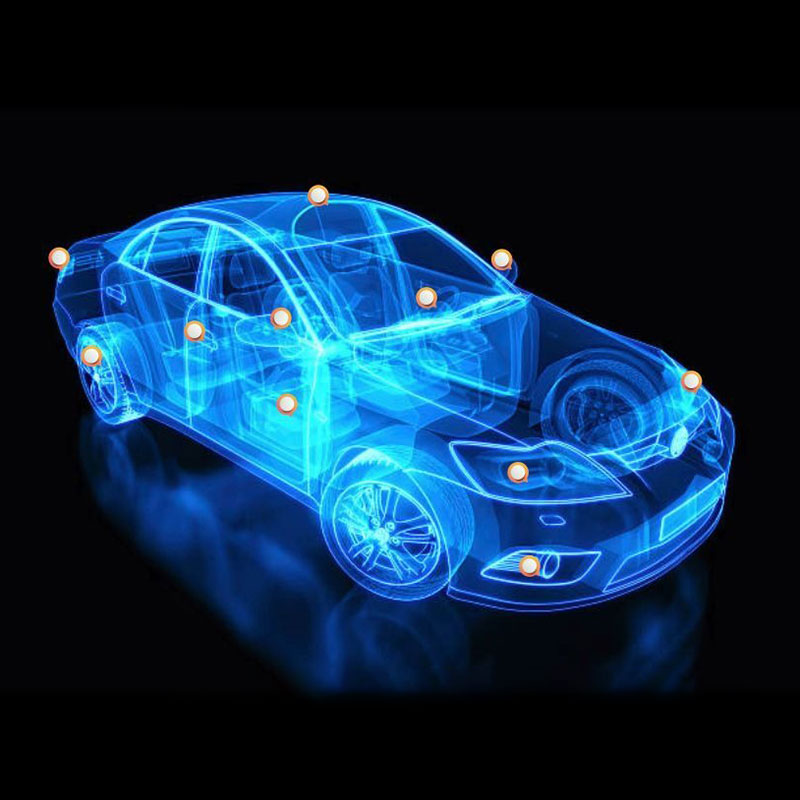
What Is a Body Control Module (BCM) in a Car? Discover Its Roles & Functions
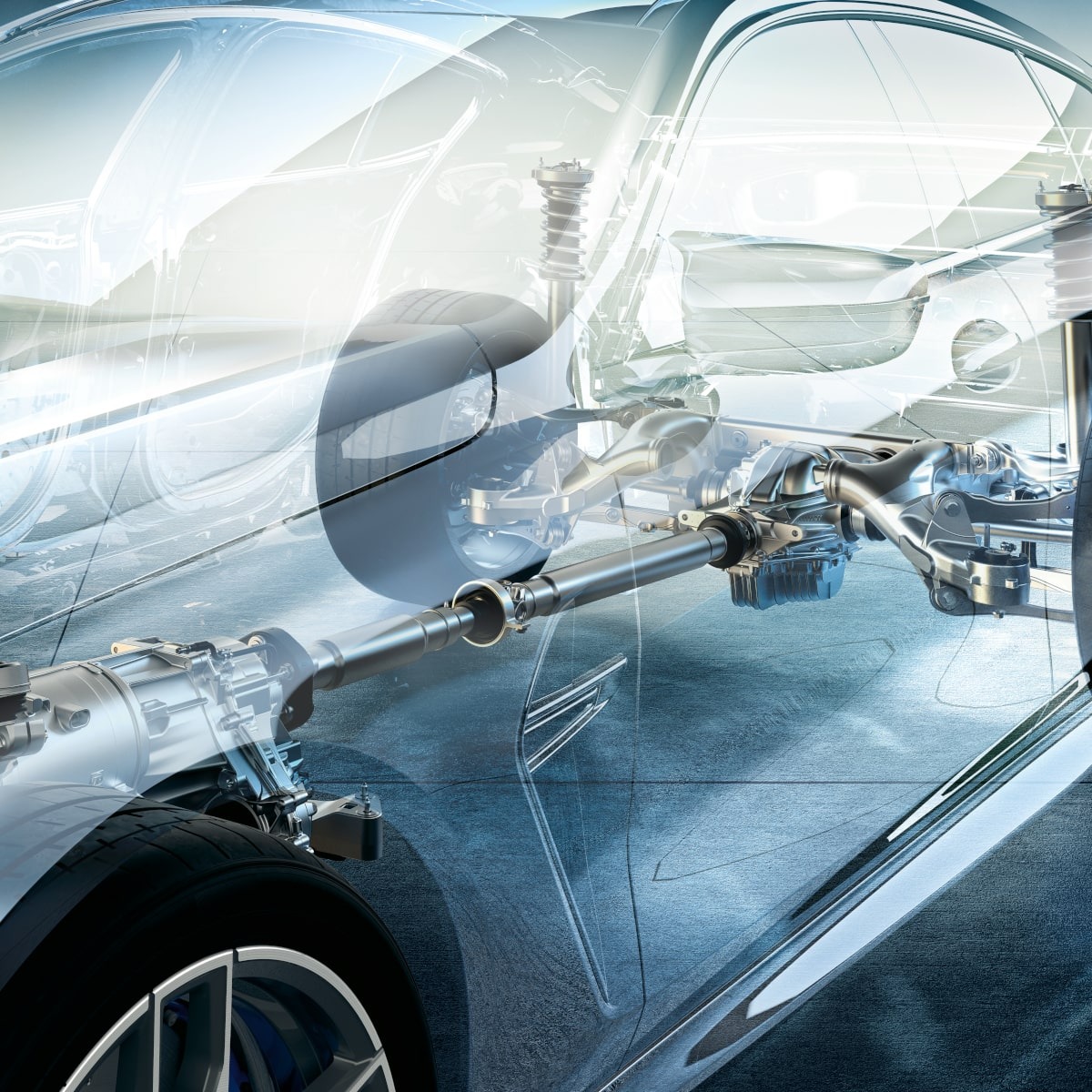
What Is an Adaptive Suspension System & How Does It Work?

Milebah Bruno
Milebah Bruno is a seasoned automotive expert and technical writer at AutoExplain. With a background as an automotive technician, he brings hands-on experience and deep industry knowledge to his writing.



